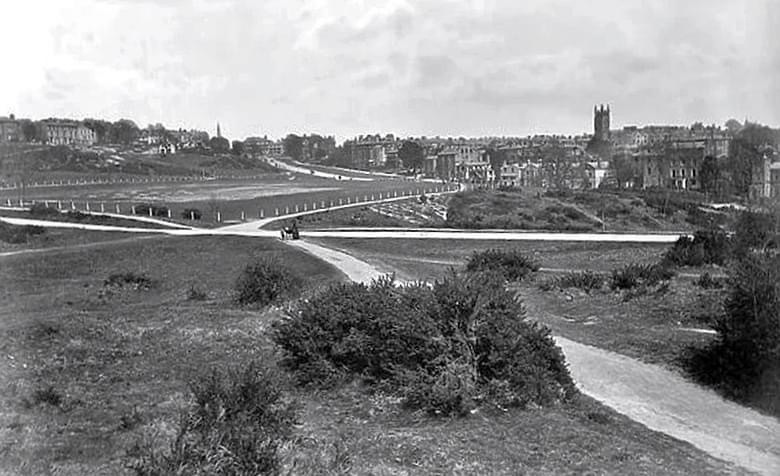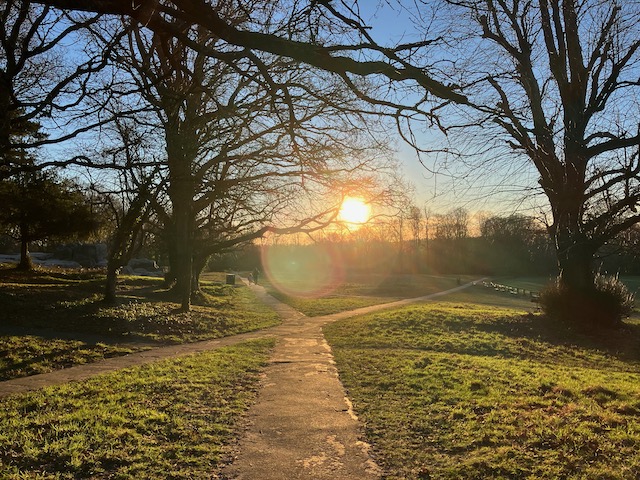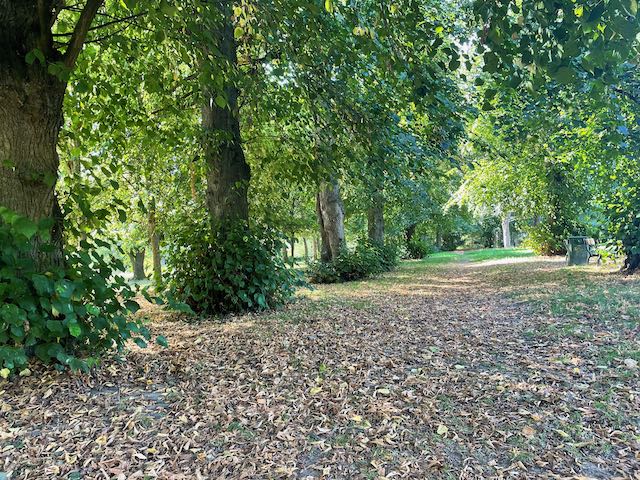
Ranger’s Blog October 2023
11th October 2023
I went to pick my car up from the garage where it had its MOT the other day. I was wearing my swanky brand new polo shirt which has our Commons logo and the catchy words ‘Tunbridge Wells & Rusthall Commons – RANGER’ written on the breast. The mechanic squinted at my swanky polo shirt as he handed me my bill and after a pause he said; “What does a Ranger do then?”… I was silent for a moment as I was still absorbing the size of the bill and wondering whether or not i should indeed take him up on his offer of sitting down for a moment. Of course being British I knew i didn’t ‘need’ to sit down, but that I would instead wait until i had got into the car and out of earshot to mumble a few choice grumbly words about the bill (all donations to cover Dan’s massive garage bill are welcome – he only half jests). However, the mechanic’s question got me to thinking about how often I get asked the question ‘What does a Ranger do then?’. The short answer is that the role is very different depending upon where a Ranger happens to be working. By this I mean I have personally been several types of Ranger in my 10 years doing this job. I have protected rhino, managed Country Parks and been a National Trust Ranger helping to manage the Sissinghurst and Scotney Castle park/land/lake/river/woodland estates.
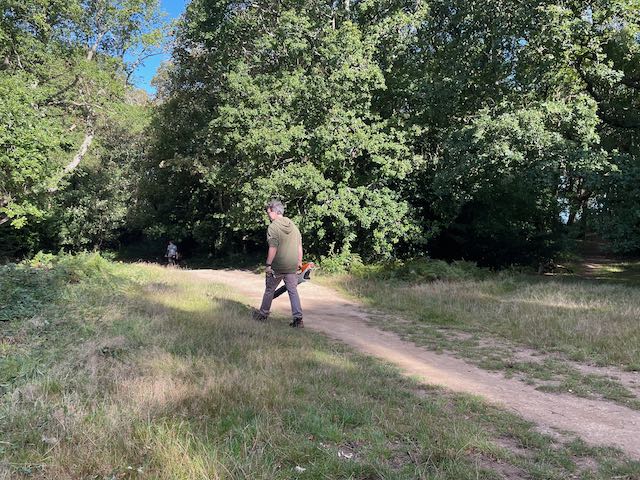
What does a Ranger do?
I think all Ranger jobs have a principle aim of protecting and improving aesthetic beauty and opportunities for wildlife biodiversity and value through a long list of different ecological methods and tools. However, equally as importantly, depending upon the site, a Ranger has to be very much more than this. So the question I would like to try to answer for you today is; What do I do as the Ranger for Tunbridge Wells and Rusthall Commons?
So, I would like you to imagine a pie-chart if you will, remember those from school? You do? – excellent! If not, then just imagine a Trivial Pursuit wedge wheel instead. As I see it, for Tunbridge Wells and Rusthall Commons that pie-chart currently in your mind is populated by four equally sized sections which I believe to be the basic elements of my job:
1) Aesthetic beauty (views and vistas)
2) Safety for all visitors (especially vulnerable groups)
3) Historical and social context (architecture, past use etc.)
4) Wildlife value/biodiversity (habitats, connectivity etc)
I won’t bore you with the detail of these all in one go, but perhaps over the next few blogs I will put some flesh on those bones and explain just how important each element is, and why.
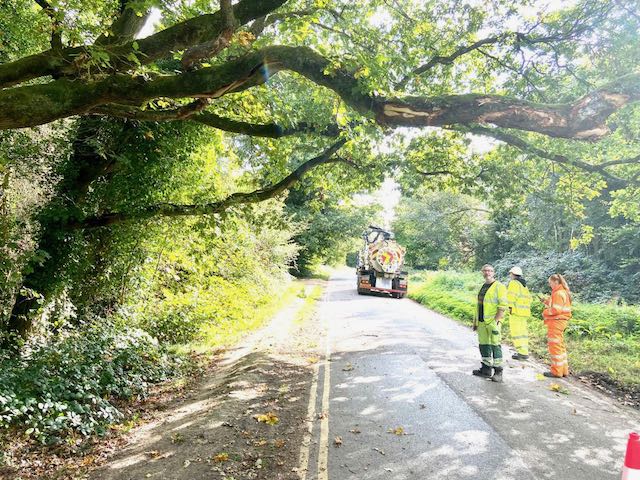
Change of plan…Ranger Dan now needs to deal with a damaged branch.
To undertake my job as Ranger, I also need to understand all the different opinions, priorities and pressures. Some of these are personal opinions and priorities for individuals or special interest groups, often these are at odds with other priorities and the views of others. But, this is life, it’s very normal and of course it brings an enjoyable amount of diversity and diplomacy to the job. The Commons also have two different ‘lives’; the day and the night. The wildlife and human activities are both usually very different, although I have learnt that some human activity is also pretty wild as the sun rises and especially when it sets! I have to be able to react to the issues and manage the Commons accordingly. It turns out that quite a lot of my job is reacting to issues and challenges which happen often given that the two Commons are right next to a very vibrant town and village. Of course, the issues always seem to happen when I have made specific plans for something else, prioritising is therefore a constant and difficult challenge. But I love these challenges, to problem solve and discuss options and constraints with everyone who is interested and cares about the Commons is fascinating and very enjoyable.
All of this is why I keep saying that I have the best job in the world!
